Restorations
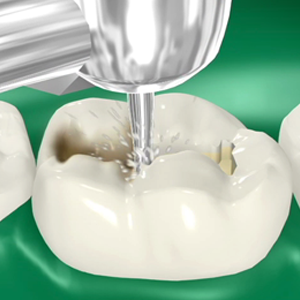
Dental Fillings
In the past, cavities could only be treated with unsightly metal fillings that are alloys for silver and mercury. These fillings, especially when close to the front of the mouth, are highly noticeable and unaesthetic. Sometimes, the filling is so large that it causes discoloration of the entire tooth. These fillings (or restorations) often weaken teeth due to the large amount of the original tooth that has to be removed. Also there is a risk of Mercury poisoning that is used in the filling. Modern dentistry has increasingly turned to Tooth colored or composite fillings as a strong, safe and more natural looking alternative. Composite fillings utilize a soft white plastic substance that is hardened with a blue light.
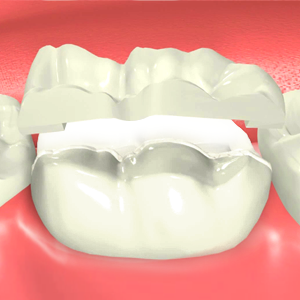
Inlays
Replacing large fillings in back teeth often requires stronger, more precisely contoured restorations. These are called inlays or onlays depending on whether they are being placed inside the tooth or on its outer surface. These restorations need to be custom-made at an off-site dental lab; therefore, two visits may be required. Once the dental office receives the custom inlay or onlay, the patient returns to the dentist's office, where the restorations are bonded into place.
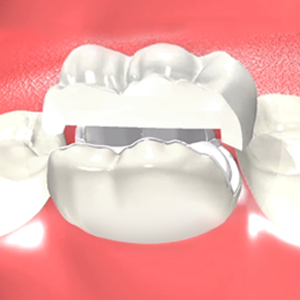
Onlays
Onlays protect teeth similarly to crowns, but conserve more natural tooth structure. Onlays should provide decades of service. Our Doctor has restored beauty and function to the teeth of thousands of patients through the placement of custom-crafted inlays and onlays.
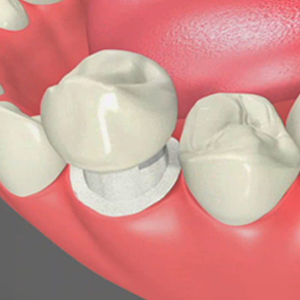
Dental Crowns
CROWNS: When a tooth is fractured, has a large old filling, or is severely damaged by decay, your dentist may recommend the placement of a crown. Crowns strengthen and protect the remaining tooth structure and can improve the appearance of your smile.
Types of crowns include the full porcelain crown, the porcelain-fused-to-metal crown (precious & non-precious) and the all-metal crown.
Fitting a crown requires at least two visits to the dentist's office. Initially, the Dentist removes decay and shapes the tooth; makes an impression and fits a temporary or transitional crown of plastic or metal. In a subsequent visit, the dentist removes the temporary crown, fits and adjusts the final crown and cements the crown into place.
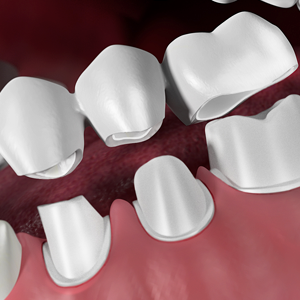
Dental Bridges
BRIDGES: Few incidents have greater impact on dental health and personal appearance than tooth loss. When one or more teeth are missing, the remaining teeth can drift out of position, which can lead to a change in the bite, the loss of additional teeth, decay and gum disease. When tooth loss occurs, your dentist may recommend the placement of a bridge. A bridge is one or more replacement teeth anchored by one or more crowns on each side.
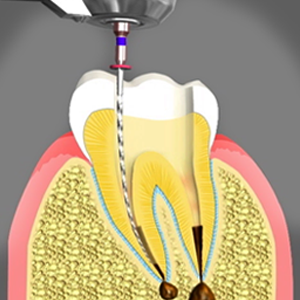
Root Canal Treatment
It is a field of dentistry that treats the root canal system. When decay extends to the pulp or the nerve inside the tooth, the person almost always experiences spontaneous throbbing pain. The pain increases at night and is aggravated with cold & sweet foods. The Dentist relieves the pain and pressure symptoms by treating the root canal system which houses the tooth nerve or pulp.
Treatment begins with profound anaesthesia. The tooth nerve is accessed by drilling into the tooth, the infected nerve is removed, canals are cleaned and filled with a bio-inert material.
Following a root canal treatment, the tooth is fragile due to insults from decay and mechanical instrumentation and is prone to fracture. Overtime colour changes are also observed. To protect the tooth from fracture your dentist will advise a crown. Sometimes depending upon the amount of tooth structure that is lost, a post ( a metal or a glass fibre pin ) will need to be placed for added retention of the crown. To learn more please call our office today.
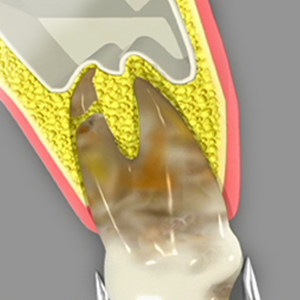
Extractions
Tooth extraction is performed only when the dentist finds out that pulling it out can improve oral health of the patient. Tooth decay, crowding and risk of dental infection are some of the common reasons for tooth extraction. Dentists make a note of the medical condition of the patient before performing tooth extraction. It is a process done with the help of local anesthesia. Depending on the complexity of the extraction process a surgery may sometimes be necessary. Dentists guide patients on post operation care which helps in quick recovery from the treatment. Pain medicines and ice bags can help reduce pain and avoid swelling after the process is complete.
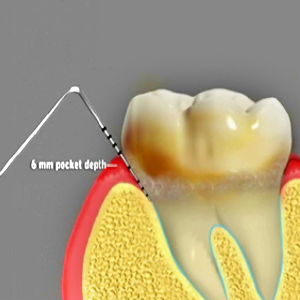
Dental Prophylaxis
Dental tarter is a layer of deposits formed over teeth which should be removed from time to time. Normal teeth brushing and flossing may not be able to remove certain deposits. Dental prophylaxis is the medical term used for professional dental cleaning. This process is followed by dentists to prevent dental diseases. During the process plaque and other irritants which can cause harm to oral health are removed from the oral cavity. Dental prophylaxis is recommended protect the patients from dental diseases. The team also takes X-rays to check signs of tooth decay and gum infection.

Scaling And Root Planing
Scaling and root planing also called as deep cleaning is performed to remove tarter and infectious bacteria from the surface of the teeth and roots. Dentists use special tools to remove the tarter from the gum pockets and teeth surface. This can cure and prevent gum diseases. If left untreated periodontal diseases can affect the teeth roots and cause them to loosen and fall out. The process of scaling and root planing can be done in multiple visits. This depends on the amount of tarter present over teeth. After the procedure is complete patients should follow the tips provided by dentists and visit the practice routinely to keep the periodontal disease in control.
